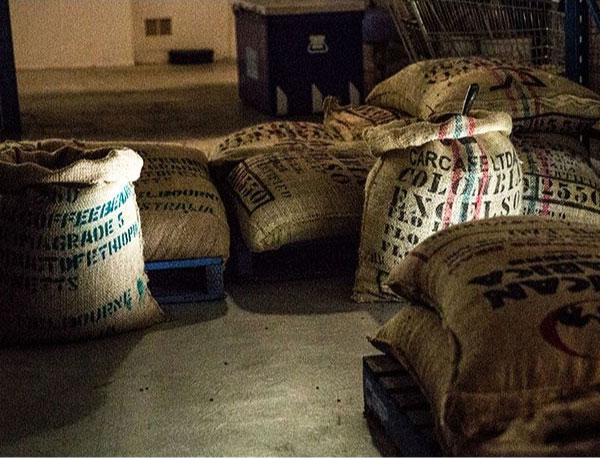
Coffee History + Cultivation
The coffee plant is an evergreen shrub that originally grew wild in the rainforests of Ethiopia. Many romantic stories of pilgrims and Dutch shipping merchants exist regarding the spread of the coffee plant around the globe.
Today coffee is the second largest traded commodity in the world, with around 40 varieties commonly grown.
There are several species of coffee plant, all part of the Coffea genus – but only two are commercially important, the Arabica and Robusta varieties. Coffea Arabica produces the best quality beans, while Coffea Robusta are hardier, less susceptible to disease, produce high yields but are inferior in flavour to Arabica.
Coffee is grown in the so-called coffee belt – between the Tropic of Cancer and the Tropic of Capricorn – where frost-free conditions allow it to thrive in a wide range of climatic zones. It favours altitudes between 2,000 and 7000 feet, rich volcanic soils and hilly, well drained ground with short exposure to the sun. Coffee grown at higher altitudes tends to produce a denser bean, with a more complex and fine flavour, but yields do tend to be lower.
